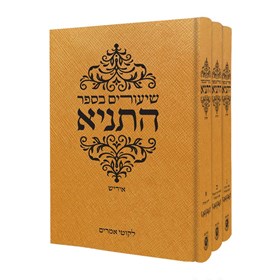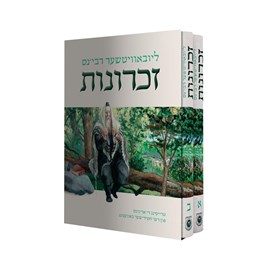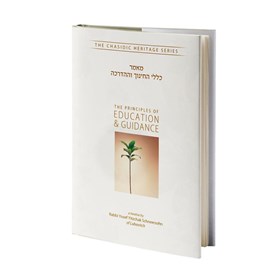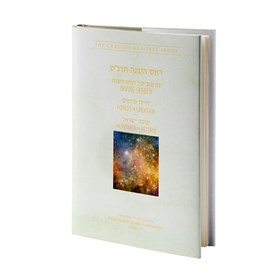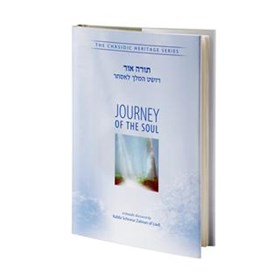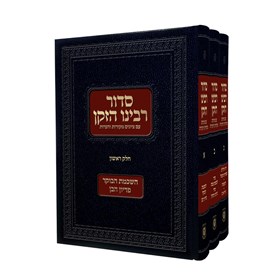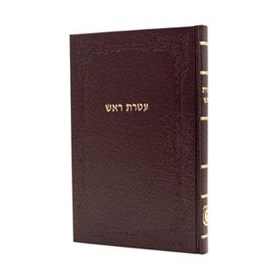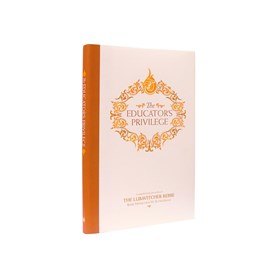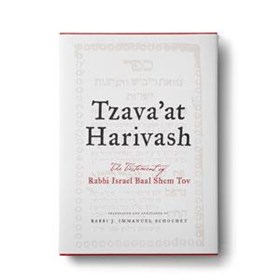Our Mission
For the newcomer to the teachings of Judaism as well as for those well versed in Torah knowledge, we provide material of unparalleled quality and authenticity. We will continue to satisfy the thirst for knowledge for which our people, the "People of the Book" have always been identified.
Our History





























For every milestone in life.
The Rebbe has indicated that the publication of a Torah book is the ultimate way to celebrate a festive family occasion and the finest memorial one could establish for a dear departed one.

Browse the ultimate catalog of Jewish discovery!
Chabad’s publishing arm has produced the ultimate guide to English-language discovery, discourse and gift-giving. Featuring 75 pages of groundbreaking new volumes, classic publications and historical and inspirational notes.
When Seven is Not Enough
CHANUKAH
Throughout the eight days of Chanukah, these lights are sacred.
Text of Haneirot Halalu Hymn
When Seven Is Not Enough
Although the Chanukah lights recall the kindling of the Menorah in the holy Temple in Jerusalem, they differ in a number of ways. Whereas the Menorah in the Temple was lit during the day, the mitzvah of Chanukah is to light “when the sun sets.” While the Menorah stood inside the Temple, the Chanukah lights are ideally lit outside the doorway. And most significantly, although the Menorah in the Temple had seven branches, on Chanukah the mitzvah is to light eight.
The number seven reflects the realm of time, like the weekly cycle—a set of seven. Like time itself—a cornerstone of the limitations of the created world—the number seven represents the Divine energy that radiates in a defined and limited fashion, animating the existence of a defined and limited world. The symbolism of eight, i.e. beyond seven, is thus the Divine light that transcends definition and limitation.
The Menorah in the Temple faced no conflict; it stood in its sacred space and was lit in the daytime, a metaphor for a spiritually illuminated environment. In such agreeable surroundings, even the light of seven—the Divine light of limitation—was sufficient.
The lights of Chanukah, however, radiate even when we are in exile, when the Temple no longer stands. They are lit after dark and face the unfriendly trends that roam outside, a metaphor for the forces beyond the pale of holiness. To illuminate this dark space with Divine light, a light that transcends all definition, the light of eight candles is necessary.
This is the great celebration of Chanukah. It is the holiday when the unlimited light of “eight” radiates throughout the world, enabling us to dispel even the darkest darkness.
--Lightpoints—Chanukah
MIKEITZ
Changing Clothes
Pharaoh tells his advisors of his dreams. When Pharaoh’s cupbearer mentioned that Joseph correctly interpreted his dream,
Pharaoh summoned him.
Pharaoh sent for Joseph, and he was hurried out of the dungeon. He had his hair cut, changed his clothes, and then appeared before Pharaoh. (Gen. 41:14)
Joseph sensed that G-d was about to elevate him to a position of leadership, and understood that managing a vast empire would require him to immerse himself in mundane matters. Acutely aware of how this could threaten his ability to remain spiritually focused,
Joseph planned to remain detached from the culture and values of Egypt in order not to disrupt his attachment to G-d. As a preparation, he changed his clothes not only physically but spiritually. He made it clear that he considered his new role as a “garment,” something that would remain external to him, just as a garment remains external to a person. His new role would only affect him outwardly; it would not change his inner self.
Similarly, we can remain impervious to any potential spiritual damage that might result from involvement in the mundane world by viewing this involvement as a mere “garment” than can be set aside as easily as it is donned.
--Daily Wisdom Vol. 3
